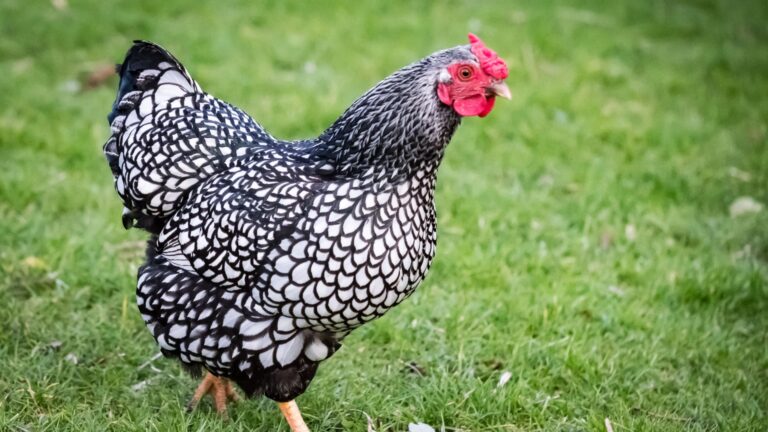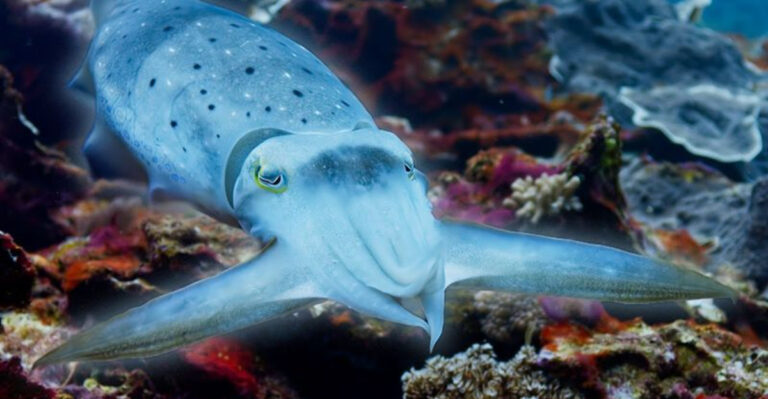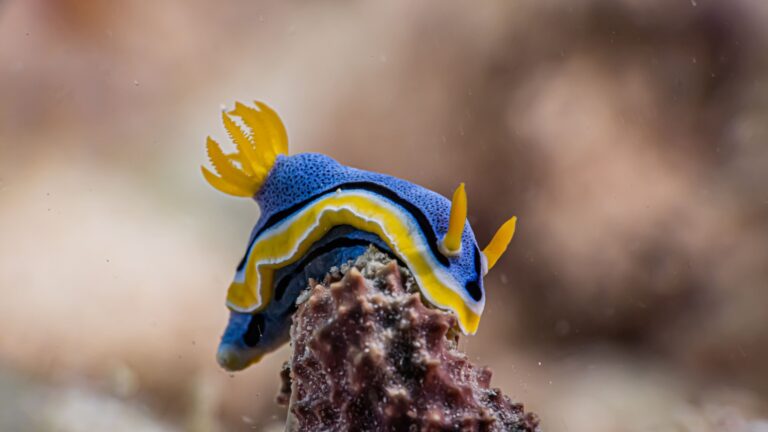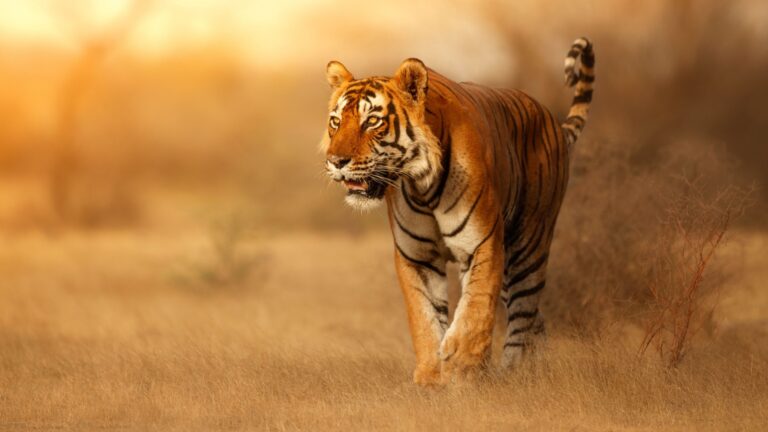Why These 12 Ancient Species Have Remained Unchanged For 13 Million Years
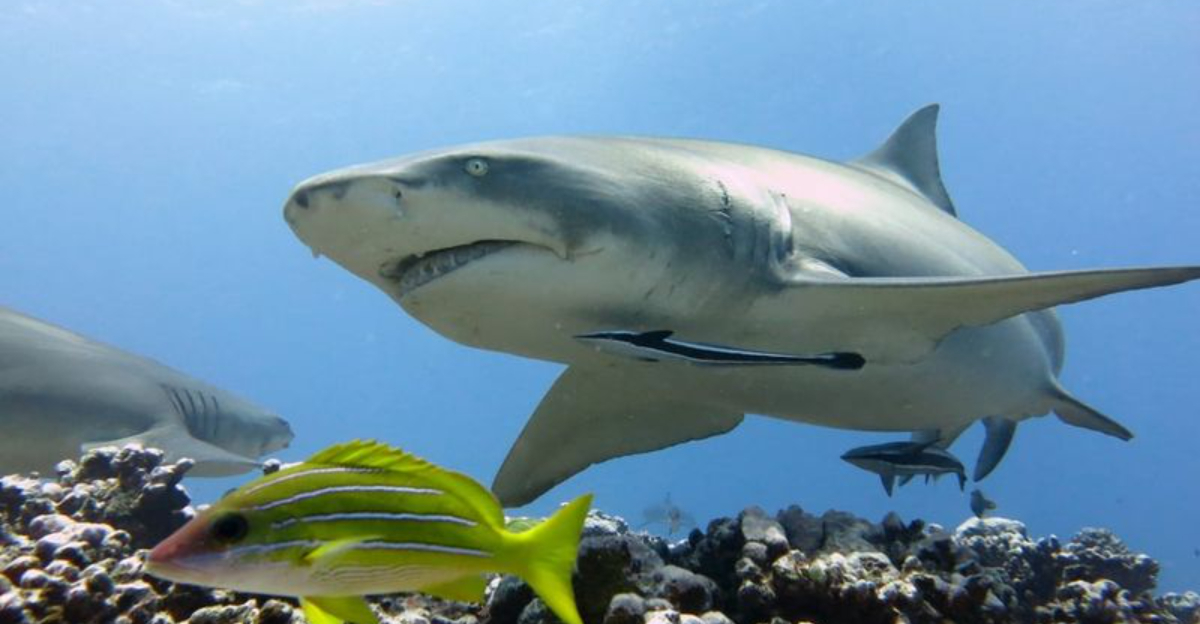
Some creatures on our planet are like living time capsules. While most animals and plants change over millions of years, a special few have stayed almost the same since dinosaurs roamed Earth.
These “living fossils” have found perfect ways to survive that didn’t need improving. Let’s explore why these 12 amazing species have barely changed in 13 million years!
1. Horseshoe Crab: The Ancient Survivor
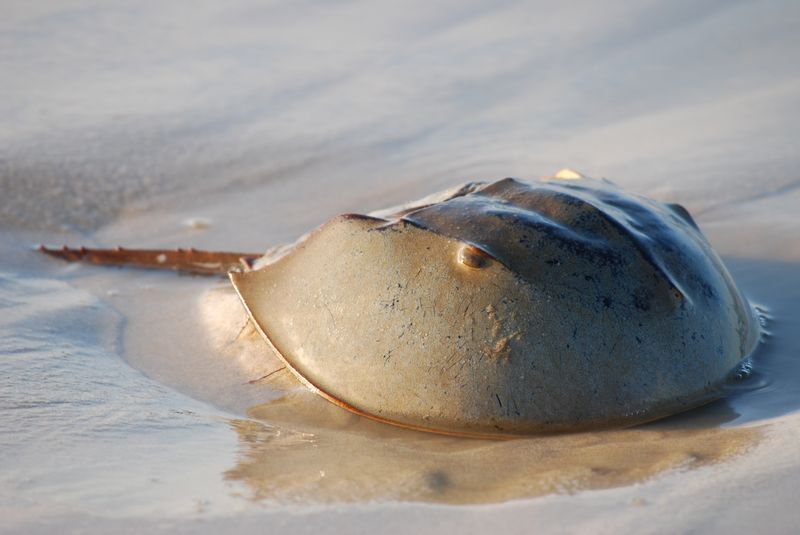
Horseshoe crabs have been crawling our oceans for over 450 million years – that’s 200 million years before dinosaurs! Their strange helmet-shaped bodies and spiky tails might look alien, but this design works perfectly for their lifestyle.
The secret to their survival? These blue-blooded creatures live in stable coastal habitats where conditions haven’t changed much. Their hard shells protect them from most predators, and they can eat almost anything they find on the ocean floor.
Fun fact: Horseshoe crabs aren’t actually crabs at all! They’re more closely related to spiders and scorpions than to crabs or lobsters.
2. Coelacanth: A Living Fossil In The Deep Sea
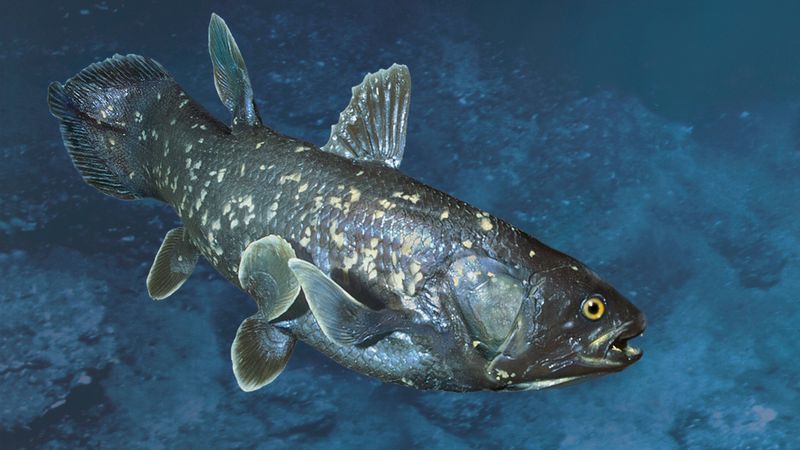
Scientists thought coelacanths went extinct with the dinosaurs until a fisherman caught one in 1938! This shocking discovery was like finding a T-Rex alive today. These large, blue-spotted fish hang out in deep ocean caves where life moves slowly.
What makes them special? Coelacanths have lobed fins that move like limbs – showing how fish might have first evolved to walk on land. Their environment stays constant in the deep sea with few competitors or changing conditions.
They grow super slowly and can live up to 100 years, which means they don’t need to evolve quickly to survive.
3. Nautilus: The Perfectly Designed Shell
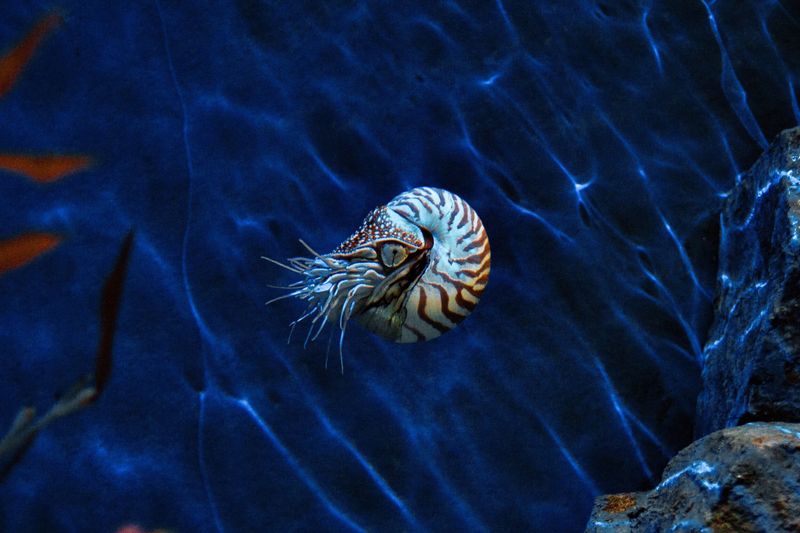
The nautilus glides through deep waters with a shell that looks like it belongs in a math textbook! Its perfect spiral follows something called the golden ratio – a pattern found throughout nature. This beautiful design hasn’t needed changes for millions of years.
Nautiluses cruise the deep ocean at night, hunting with 90 tentacles. During the day, they retreat to deeper, darker waters where few predators can find them. Their chambers allow them to control their buoyancy like a submarine.
Unlike their relatives – squids and octopuses – nautiluses have poor vision but amazing smell, helping them find food in the darkness.
4. Sharks: Apex Predators That Evolve Slowly
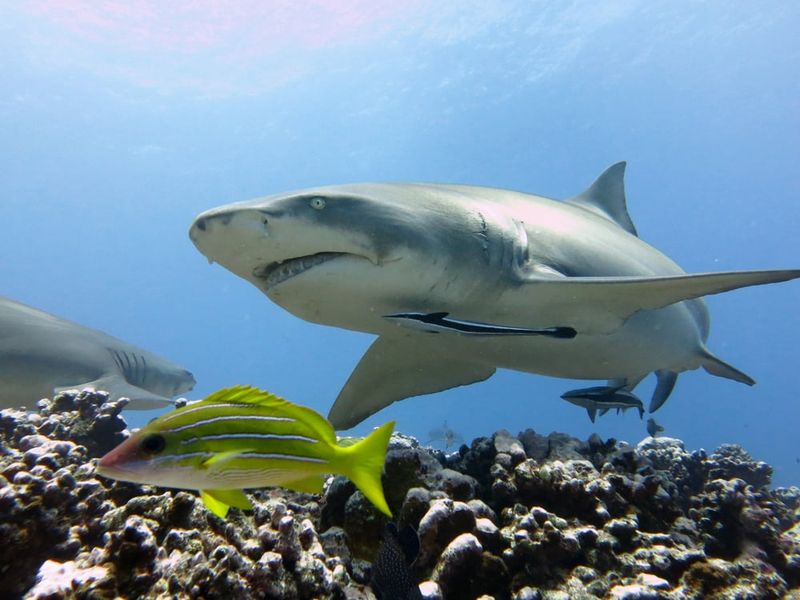
Sharks were already perfect hunters when T-Rex was just a baby dinosaur! Some shark species today look almost identical to their 100-million-year-old ancestors. Their streamlined bodies and amazing senses make them the ocean’s top predators.
Why haven’t they changed? Sharks found their perfect design early on. Their cartilage skeleton (instead of bone) is lightweight yet strong, and their constantly-replacing teeth mean they’re always ready to hunt.
Many sharks live in deep, stable ocean environments where conditions stay pretty much the same year after year, century after century. When you’re already the perfect hunter, why change?
5. Velvet Worm: The Ancient Predator
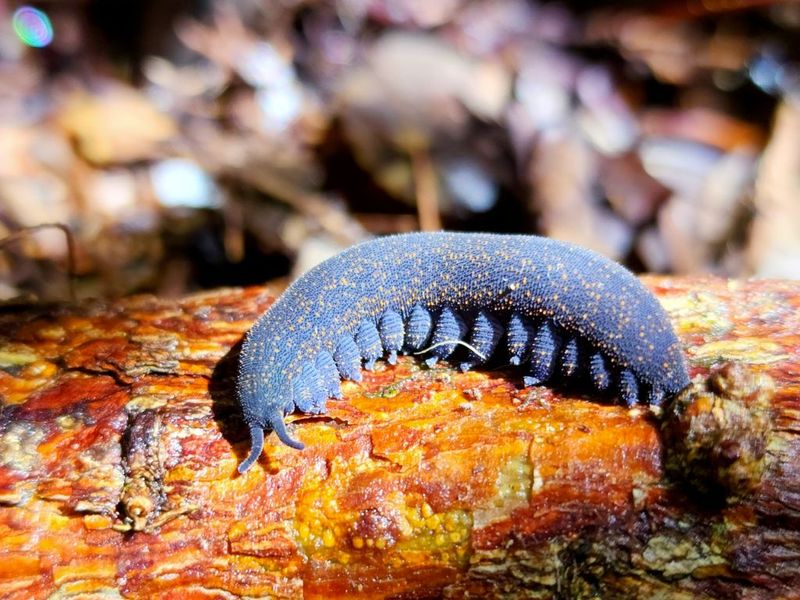
Velvet worms, with their soft, segmented bodies, have wandered the earth for over 500 million years. These fascinating creatures, often described as living fossils, have retained many primitive features that harken back to early arthropods.
They are known for their unique hunting method, using a sticky slime to immobilize prey. This efficient predatory strategy has allowed them to remain successful across millennia.
Despite their ancient lineage, velvet worms exhibit remarkable adaptability, thriving in diverse environments from tropical rainforests to temperate woods. Their survival story speaks to the power of adaptation and persistence.
6. Crocodiles: Timeless And Terrifying
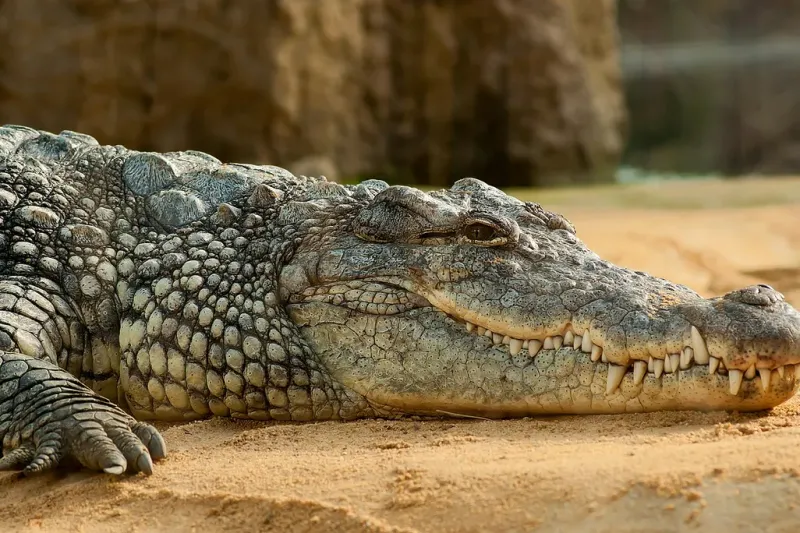
Crocodiles have been the kings of rivers and swamps since dinosaur times! These massive reptiles haven’t needed to change their winning formula – powerful jaws, armored skin, and ambush hunting skills. Their bodies are perfectly designed for their lifestyle.
Modern crocs look almost identical to their 200-million-year-old ancestors. They’re cold-blooded, which means they don’t need much food compared to mammals of similar size. This helps them survive when food is scarce.
Their slow metabolism also means they age very slowly. Some crocodiles can live over 70 years in the wild, giving them plenty of time to reproduce and pass on their successful genes.
7. Tuatara: A Reptile That Hasn’t Changed In Millennia
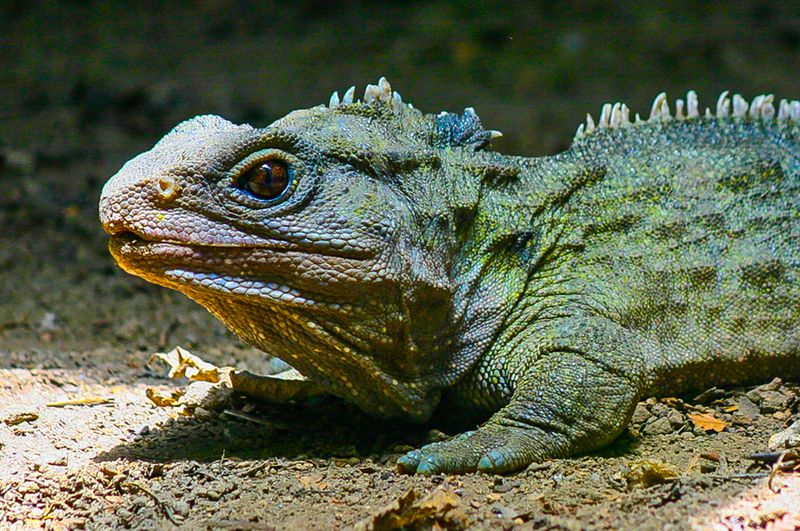
Found only in New Zealand, the tuatara looks like a lizard but isn’t one at all! This rare reptile is the last survivor of an ancient group that lived alongside early dinosaurs. One amazing feature: tuataras have a third eye on top of their head (though it’s covered with scales in adults).
These living fossils grow extremely slowly and can live over 100 years. They’re most active at cool temperatures that would make other reptiles sluggish.
The secret to their unchanging ways? Isolation on New Zealand’s islands protected them from competitors, and their extremely slow reproduction rate (they only mate every 4 years) means evolution happens at a snail’s pace.
8. Lamprey: The Ancient Bloodsucker
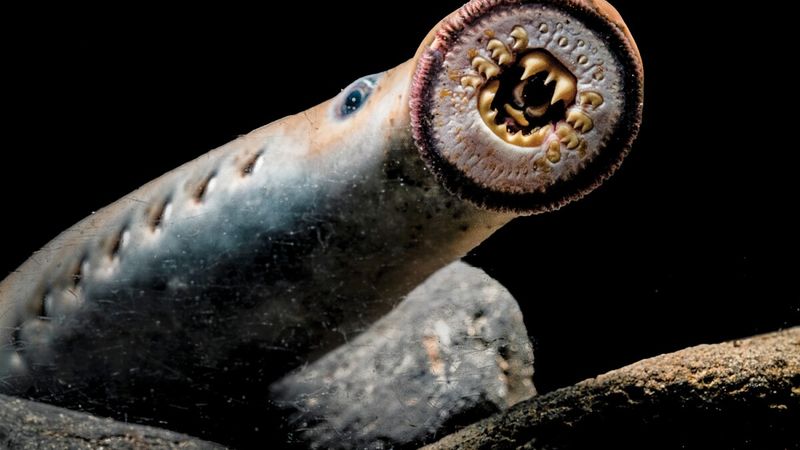
Lampreys might make you squirm with their eel-like bodies and circular mouths full of sharp teeth, but they’re living windows into Earth’s past! These jawless fish have been around for 360 million years with very little change to their unusual bodies.
Instead of jaws, lampreys have disc-shaped mouths lined with teeth they use to latch onto other fish and drink their blood. Their skeleton is made of cartilage instead of bone, just like sharks.
Why have they stayed the same? Their simple body plan works perfectly for their lifestyle, and they live in freshwater environments that have remained relatively stable for millions of years.
9. Giant Tortoise: Slow And Steady Through The Ages
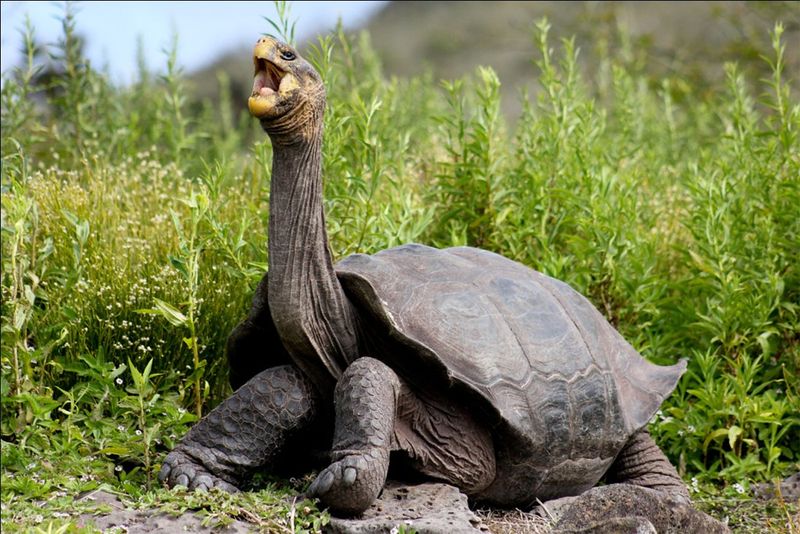
Giant tortoises move slowly, but they’ve outpaced extinction for millions of years! These gentle giants can weigh over 500 pounds and live more than 150 years. The oldest known tortoise, Jonathan, is still alive today at about 191 years old!
Their survival secret is simple – a protective shell that shields them from predators and a slow metabolism that lets them go months without food or water when necessary. Island species evolved with few natural enemies, allowing them to grow massive.
Unlike many animals, tortoises keep growing throughout their lives. Their slow-motion lifestyle means they don’t need to evolve quickly – they’ve found the perfect formula for long-term survival.
10. Sturgeon: A Fish That’s Stayed The Same For Centuries
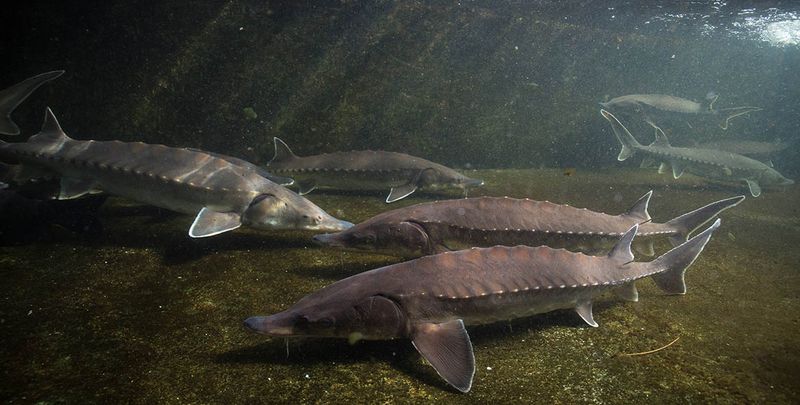
Sturgeons are living dinosaurs of the fish world! These armored giants have been swimming rivers and seas for more than 200 million years, looking almost identical to their ancient ancestors. Some species can grow over 20 feet long and live for 100+ years.
Instead of scales, sturgeons wear rows of bony plates called scutes that protect them like medieval armor. They’re bottom-feeders with whisker-like barbels that help them find food in murky waters and vacuum-like mouths that suck up prey.
Their prehistoric design works so well they haven’t needed to change it. Sadly, their long lives and slow reproduction make them vulnerable to overfishing – especially for their eggs (caviar).
11. Spiny Lobster: A Resilient Ocean Survivor
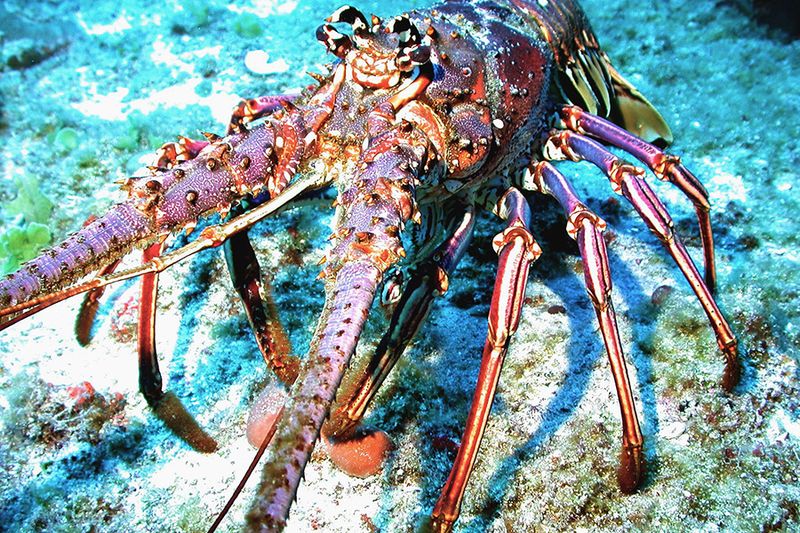
Spiny lobsters have been scuttling across ocean floors since before the continents reached their current positions! Unlike their clawed cousins, these lobsters use long, spiny antennae and a rough, thorny shell for protection instead of big claws.
When threatened, they perform a move called “tail flipping” – a powerful backward thrust that shoots them away from danger in milliseconds. They also make rasping sounds by rubbing parts of their antennae together to scare away predators.
Their success comes from their adaptable diet (they’ll eat almost anything), protective spines that discourage predators, and their ability to thrive in warm, tropical waters that have remained stable for millions of years.
12. Peacock Mantis Shrimp: The Perfect Hunter
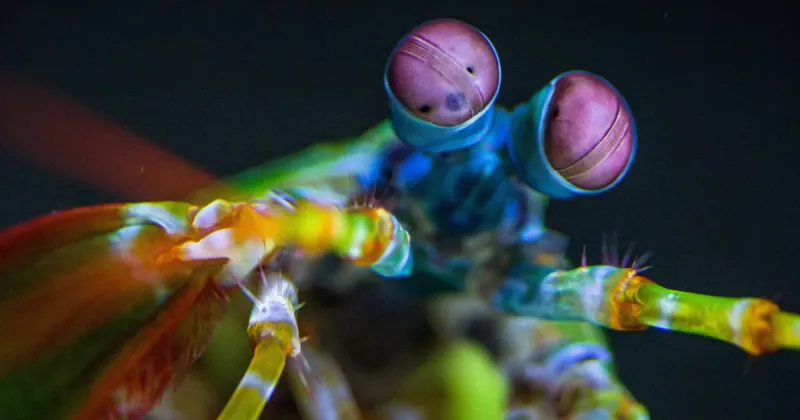
The peacock mantis shrimp looks like a rainbow-colored alien but has been using the same hunting techniques for millions of years! These small but mighty creatures pack the fastest punch in the animal kingdom – their club-like arms accelerate faster than a bullet.
The impact creates a flash of light and a shockwave that can break aquarium glass. They see colors we can’t even imagine, with eyes that have 16 color receptors compared to our measly three.
Why haven’t they evolved? They’re already perfect hunters! Their incredible vision helps them spot prey, their lightning-fast strike kills or stuns it, and their hard exoskeleton protects them from enemies. When you’re this good at what you do, you don’t need to change.


